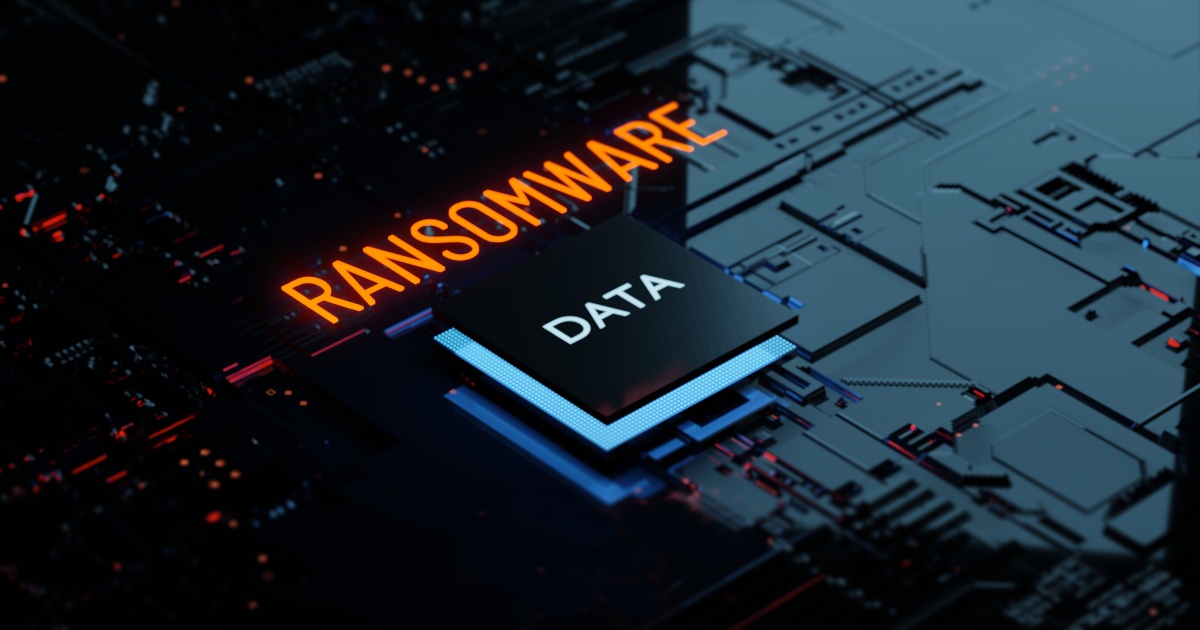
The link between customer data and cyber attackers is one that is best described as a rollercoaster, having more than its share of ups and downs over the past decade. In the early to mid-2010s, the significance of customer data soared and attracted the attention of cyber attackers who sought to profit from its illicit sale on the black market. Renowned brands like Target (News - Alert) and Home Depot fell victim to the rampant wave of data breaches.
Subsequently, a new menace emerged; ransomware took center stage, making headlines and necessitating a substantial realignment within the cybersecurity and cyber insurance sectors. The trend gained momentum with the global-scale NotPetya attacks in 2017, eventually impacting thousands of organizations spanning various industries and sizes.
However, the ascent began to descend in early 2022 due to successful law enforcement actions targeting ransomware groups carried out by the U.S. and its allies. This downward trajectory was further solidified by the invasion of Ukraine and the subsequent disruption inflicted upon the global ransomware ecosystem.
Still, there was the question of when ransomware would resurge and how it would manifest.
That answer seemed to become clearer in the early months of 2023 as 452 newly identified victims' data surfaced on leak sites in March alone, a 60% increase compared to the previous year, according to Corvus Insurance’s comprehensive analysis of sources within the dark web.
Corvus is an innovative insurtech company specializing in providing cyber risk insurance solutions to businesses. Corvus employs advanced data analytics and AI to assess and mitigate cyber threats for their clients.
By leveraging their proprietary platform, Corvus collects and analyzes data from a wide range of sources, including client systems, public databases and dark web intelligence, to identify potential vulnerabilities and offer tailored coverage.
The purpose? To help organizations understand and manage their cyber risks effectively, providing proactive measures to prevent attacks and comprehensive insurance coverage in the event of a breach.
In its Corvus Risk Insights Index, a compilation of industry trends and data analysis based on the company’s claims data, threat intelligence research and proprietary scanning technology, Corvus found that 2022 witnessed a notable decline in ransomware incidents. Corvus recorded a 52% reduction in ransomware claims throughout the year, with a 62% decline observed from Q1 of 2021 to Q4 of 2022.
Additionally, Corvus identified a substantial 45% decrease in the overall number of victims whose data was exposed on the dark web. (Though there was an increase in March, as stated.) Per Corvus’ dark web sources, the number of extortion victims within the industry reached 349 in March, signaling a notable 31% increase from February 2023 and a 23% increase year-over-year.
Still, March remains one of the most concerning months on record for ransomware incidents. Despite the rise in observed activity, the rate of claims at Corvus has continued to trend downward this year. That downward also contributed to a decrease in the rate of payment of ransomware demands.
Corvus’ study found that in 2022, the percentage of Corvus policyholders who paid when confronted with a ransom dipped below 30% for the first time, a 16% improvement over the prior year and below the estimated 41% who pay in the broader market.
“Following a year of decline in 2022, the early months of 2023 have brought a sudden explosion of ransomware attacks globally, though, fewer organizations are caught off guard,” said Jason Rebholz, Chief Information Security Officer at Corvus. “More of them have cyber insurance, for one thing. Corvus policyholders have not seen the same increase in ransomware activity, which we attribute to better security controls and proactive risk management."
Corvus' policies are not the only thing making a positive impact, thankfully. Its continuous monitoring and analysis of the ransomware landscape provide a valuable lens through which to understand the shifting dynamics and potential implications for organizations across various sectors.
Edited by
Alex Passett





